Introduction to Rajput Miniature Paintings
Rajputana, meaning “The lands of the Rajputs”, was a region in the state of Rajasthan in today’s India. Known for its history of bravery, courage and fearlessness, the kings were highly regarded. They were ferocious warriors and the Indian history books are filled with their virtuousness. Ever wondered what would be their hobbies or likings of such great personalities? They were divine lovers of arts, literature, architecture and martial arts. Today we will witness the Rajputana Miniature art, a glorious series of art history from various regions of Rajasthan.
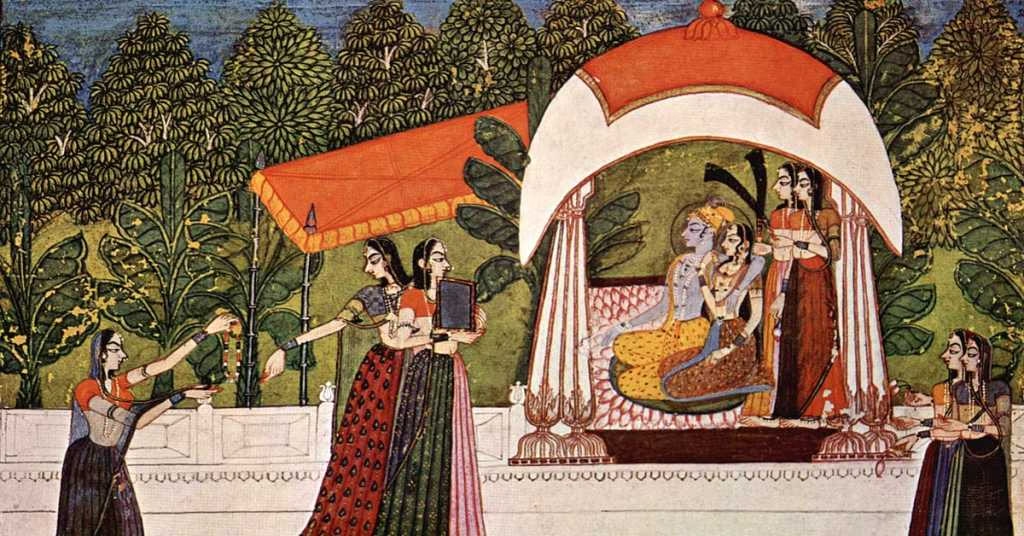
What Are Rajputana Paintings? Understanding the Essence of Traditional Indian Miniature Art
Rajputana paintings, also known as Rajput paintings, are a celebrated form of traditional Indian miniature art. Originating in the princely states of Rajasthan between the 16th and 19th centuries, these paintings showcase a blend of indigenous styles with Persian and Mughal influences. They are renowned for their vibrant colors, complex details, and evocative themes, which capture the cultural and artistic richness of Rajasthan.
Rajputana paintings are typically created on handmade paper, silk, or walls. Artists use natural pigments derived from minerals, plants, and stones to achieve their striking hues. The bold red, gold, and blue tones often seen in these artworks are iconic of this style. According to art historians, these paintings primarily served religious, decorative, and historical purposes.
Themes in Rajputana paintings include mythology, nature, and royal life. Episodes from the Ramayana, Mahabharata, and Krishna’s life are frequently depicted. Scenes of royal court life, battles, and hunting expeditions also feature prominently. These themes make the paintings a visual documentation of Rajput culture and values.
Each Rajput kingdom developed its own distinctive style. For instance, the Mewar school emphasized Hindu epics, while the Bundi and Kota schools depicted nature and royal hunts. The Jaipur school combined traditional Rajput elements with Mughal sophistication. This diversity highlights the adaptability and regional nuances of Rajputana art.
Rajputana paintings remain a vital part of Rajasthan’s cultural heritage. They attract art lovers and historians worldwide, ensuring their continued relevance. Museums like the City Palace Museum in Udaipur and the Albert Hall Museum in Jaipur preserve and showcase these masterpieces, keeping the legacy alive for future generations.
Significance of Rajput Paintings in Indian Cultural Narrative
Rajput paintings hold a crucial place in India’s cultural heritage. They emerged in the 16th century and became a medium to depict history, religion, and royal life. These artworks connected people to their traditions through visual storytelling.
One of their greatest contributions is preserving Indian mythology. Paintings of the Ramayana and Mahabharata brought sacred stories to life. They helped pass down values and beliefs in a time when most people couldn’t read or write.
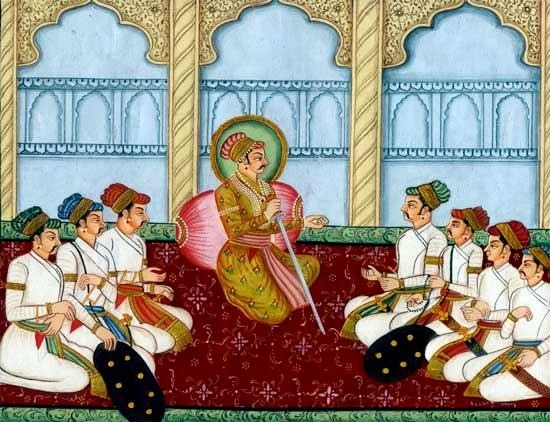
These paintings also highlight the diversity of India. Different Rajput kingdoms, like Mewar and Bundi, developed their own styles. Mewar focused on bold religious themes, while Bundi celebrated nature with scenes of monsoons and forests. Each style reflected the unique culture of its region.
Rajput paintings supported the local economy. Artists used natural pigments and traditional techniques to create their works. Today, these skills are still practiced, helping artisans preserve their craft. These artworks also attract thousands of tourists to Rajasthan’s museums and palaces, boosting the state’s economy.
Globally, Rajput paintings represent the creativity of ancient Indian art. They show how Indian artists combined local and foreign influences to create something timeless. This makes them not just a part of India’s story but a treasure for the world to admire.
Exploring the Distinctive Art Styles of Rajputana Painting Schools
Rajputana Painting schools can be divided into different regional styles. Each with its own distinct characteristics. The major schools include Mewar, Marwar, Bundi, Kishangarh, and Jaipur.
Mewar, from the Udaipur region, is renowned for its vibrant and detailed miniatures. These paintings often depict royal court life, religious themes, and Hindu mythology. Artists from this school used bright colors and intricate detailing, with a strong focus on precise line work. Mewar paintings highlight themes of valor, devotion, and nature.
Marwar, originating in Jodhpur, is known for its bold and dramatic style. The focus here is on regal portraits of Rajput kings, queens, and warriors, often portrayed in grand and elegant settings. Artists favored deep, rich colors like reds, blues, and golds, creating a sense of grandeur and royalty. The style conveys strength and nobility, with dynamic compositions.
Bundi painting, from the town of Bundi, features delicate line work and a softer color palette. These paintings often illustrate courtly life, along with scenes from nature, including animals and birds. Bundi artists were also skilled at creating detailed depictions of architectural spaces, emphasizing balance and harmony. Their gentle brushwork and use of pastel colors make these paintings stand out.
Kishangarh art, famous for its portrayal of Radha and Krishna, is noted for its graceful, elongated figures. The figures in Kishangarh paintings have exaggerated proportions, giving them an ethereal and romantic quality. The style is characterized by soft brush strokes and vibrant colors, often emphasizing divine love and beauty.
Jaipur paintings combine Mughal influences with Rajput style, focusing on royal portraits, historical scenes, and nature. These artworks are known for their fine detailing, use of rich colors, and a balance of traditional and Mughal elements.
Themes and Symbolism in Rajput Painting: A Deep Dive into Visual Storytelling
The themes of valor and heroism are portrayed through battle scenes and the depiction of royal figures. Many paintings include scenes from epic tales like the Mahabharata and Ramayana, focusing on mythical characters and their heroic deeds.
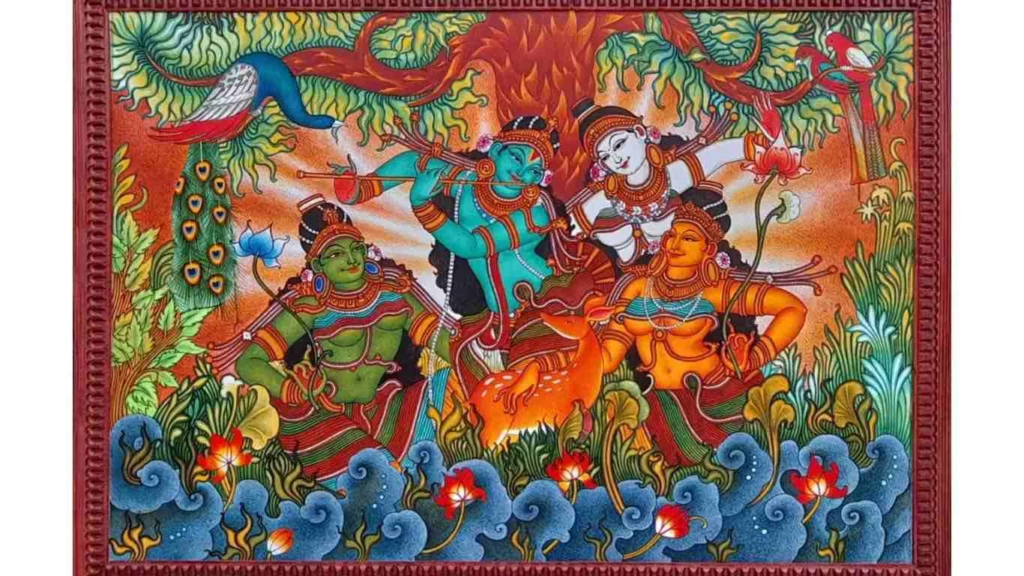
The symbolism in Rajput paintings is also significant. Colors, patterns, and motifs carry deeper meanings. For instance, the use of vibrant colors like red and yellow represents power and wealth, while green signifies fertility and prosperity. Floral motifs are often used to symbolize beauty and nature, and animal figures, such as horses or elephants, represent strength and nobility. The symbolic use of gold and silver enhances the divine nature of certain figures, especially gods and goddesses.
Rajput paintings also have spiritual undertones. Many artworks portray religious themes, including depictions of Hindu deities like Krishna, Shiva, and Lakshmi. These paintings were not only artistic expressions but also served as a medium for devotion and prayer. Gods and goddesses were often shown in vibrant, dynamic forms, symbolizing their power and importance in the lives of the people.
Nature is another key theme in Rajput art. Landscapes, gardens, and animals reflect the connection between the Rajputs and their environment. The use of architecture in the background highlights the grandeur and sophistication of the royal palaces.
Overall, Rajput paintings are a complex blend of cultural, religious, and historical elements, showcasing a vivid story of the region’s traditions and beliefs.
The Detailed Creation Process of Rajput Miniature Paintings
Rajput miniature paintings are known for their vibrant colors, intricate details, and historical importance. The process of creating these paintings involves several meticulous steps that require skill and patience.
- Selection of Materials
The process begins with selecting high-quality materials. The artists typically use handmade paper or cloth as the base. The paper is carefully prepared by soaking it in water to make it smooth and durable. Artists also use gold and silver leaf for added richness. Pigments are traditionally made from natural minerals and plants, with some sources dating back to the 16th century. The brushes used are often fine-tipped and crafted from squirrel hair to achieve precision. - Sketching
Once the base is ready, the artist lightly sketches the design using a pencil or charcoal. This serves as a guideline for the painting. The composition is carefully planned, often inspired by royal courts, battles, or mythological themes. This step is crucial because the placement of each element must be proportionate and balanced. - Drawing and Outlining
After the sketch, the outlines are drawn in ink. Artists use a fine pen or brush to outline figures, buildings, or natural elements with great precision. The outlines are sharp and distinct, providing clarity to the painting’s design. This step is important as it sets the structure of the painting. - Applying Colors
The next phase is filling in the colors. Artists use natural pigments mixed with water and binding agents like gum arabic to ensure that the colors adhere to the surface. Colors like bright reds, blues, greens, and golds are commonly used. The pigments are carefully applied layer by layer, starting with lighter tones and gradually adding darker shades for depth. Gold or silver leaf may be applied in specific areas like clothing or jewelry to add richness. - Shading and Detailing
Shading is done to enhance the three-dimensionality of the painting. Fine detailing is crucial at this stage. The artist meticulously adds textures, highlights, and shadows to create depth. This includes detailing in the clothing, hair, and surrounding elements. - Final Touches
The final step involves the addition of intricate details like patterns, floral designs, and decorative borders. Artists may also add jewels, gems, or textures using gold and silver leaf to emphasize the royal or divine status of figures. Once completed, the painting is allowed to dry, and the final artwork is often framed for display.
Legendary Stories and Patronage Behind Rajput Painting Traditions
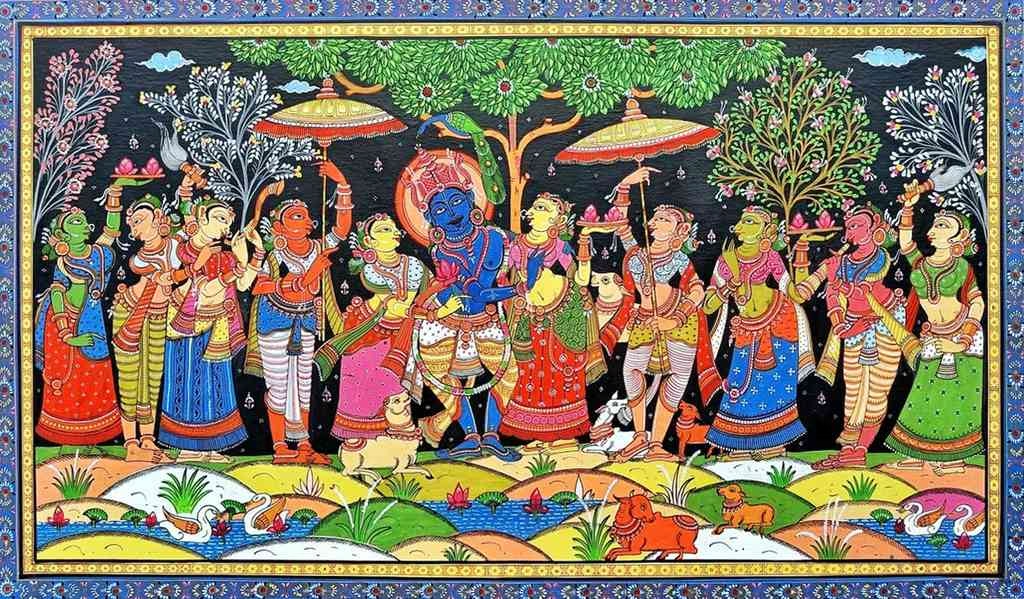
Long ago, in the heart of Rajasthan, there was a painting that no one dared to speak of. It hung in the royal palace of Mewar, hidden away in a dark chamber, covered in dust. The painting told a story so powerful and dangerous that the king had it locked away after one fateful night.
The story behind the painting began with a warrior named Rana Chandra, a beloved ruler known for his courage in battle and his loyalty to his people. One summer evening, word reached him of an invading force from a neighboring kingdom. They were ruthless, and their army vastly outnumbered his own. But Rana Chandra, a proud Rajput, refused to surrender.
Before the battle, he visited his queen, Rani Padmavati, and promised her that he would return victorious. He asked her to stay safe in the palace, keeping faith in his return. But Padmavati, knowing the stakes, had a feeling that this might be their final farewell.
As the battle raged on, Rana Chandra fought fiercely, leading his men with unwavering bravery. But fate wasn’t on his side. His army, outnumbered and exhausted, began to fall back. The enemy forces encircled them, and victory seemed impossible. But in that moment of despair, Rana Chandra called for a final charge. He led his soldiers with such fury and determination that the earth beneath them seemed to tremble.
The battle continued for hours. Rana Chandra’s sword cleaved through the enemy ranks, his heart pounding with the thought of his queen. But just as victory seemed within reach, an enemy arrow struck him down. As he fell, he called out for Padmavati, but his voice was lost in the chaos of battle.
Back in the palace, Padmavati, sensing the loss of her husband, sat silently in her chamber. She gazed out at the setting sun, knowing the day had come. But instead of falling into despair, she took a different path. The next morning, as news of Rana Chandra’s death spread, Padmavati made a choice that would echo through history.
She ordered the creation of a grand portrait, one that would immortalize her husband’s bravery forever. The painting would not depict his death, but the moment he had led his final charge. In the painting, Rana Chandra stood tall, his sword raised high, charging toward the enemy with the sun setting behind him. His face was fierce with determination, his eyes filled with the fire of a warrior who would never surrender.
Padmavati had the painting placed in the royal hall, and it became a symbol of Rajput pride, courage, and sacrifice. But the true power of the painting lay in its legend. It was said that those who looked at it could hear the clash of swords, feel the heat of battle, and sense the unyielding spirit of Rana Chandra. The story of his bravery lived on through that single image.
Years later, the painting was locked away in a dark chamber, for its power was too great. It was believed that anyone who gazed upon it too long would feel the pull of battle within their own soul, an unstoppable urge to fight and never surrender.
The painting remains hidden to this day, its story whispered among the people of Mewar. Some say the legend still lives within the canvas, waiting for a worthy soul to uncover it once again.
Global Impact and Contemporary Relevance of Rajput Painting Heritage
Rajput paintings gained global attention in the late 19th and early 20th centuries. With the rise of Indian art exhibitions in Europe and the United States, collectors and museums began to recognize Rajput paintings as valuable artifacts. In 1902, the Indian art exhibition in London displayed a range of Rajput paintings, sparking interest among European collectors. Major museums like the Victoria and Albert Museum in London and the Museum of Fine Arts in Boston began acquiring Rajput paintings in the early 20th century, solidifying the global appeal of this art form. By the 1950s, Rajput paintings were regularly featured in international art exhibitions, contributing to their recognition as an important aspect of India’s cultural heritage.
Statistically, the global market for Indian art has seen a rise in demand for traditional forms like Rajput paintings. According to a 2021 report by ArtTactic, Indian art sales in global auctions have been growing at an annual rate of 10-15%. Auction houses like Sotheby’s and Christie’s regularly feature Indian artworks, including Rajput paintings, and in 2021, a Rajput miniature painting sold for over $1.5 million at a Sotheby’s auction.
Preserving and Celebrating the Legacy of Rajputana Painting
The preservation of Rajputana paintings involves meticulous efforts to maintain their physical integrity. These paintings, often created on paper or cloth, are highly vulnerable to environmental damage, such as fading, tearing, and discoloration. The conservation process includes cleaning, repairing, and sometimes remounting paintings to prevent deterioration. Several institutions, including the National Museum of India and the Indian National Trust for Art and Cultural Heritage (INTACH), are actively involved in preserving these artworks.
To celebrate the legacy of Rajputana painting, numerous cultural initiatives and festivals are held across India. In Rajasthan, the Udaipur Art Festival is a key event where Rajputana paintings are showcased, not only to local audiences but also to international visitors. The festival celebrates the art through exhibitions, live painting sessions, and workshops, allowing artists and enthusiasts to engage directly with Rajputana art forms.
In addition, many local museums in Rajasthan, such as the City Palace Museum in Udaipur, house extensive collections of Rajputana paintings. These museums play a pivotal role in educating the public about the historical context and artistic significance of these paintings. They also host workshops where visitors can learn about the techniques and symbolism used in Rajputana paintings, ensuring that the next generation of artists and collectors understands and appreciates this rich tradition.
For further reading on and its significance, you can visit these useful resources:
Check out our Blog Page on Traditional Indian art.

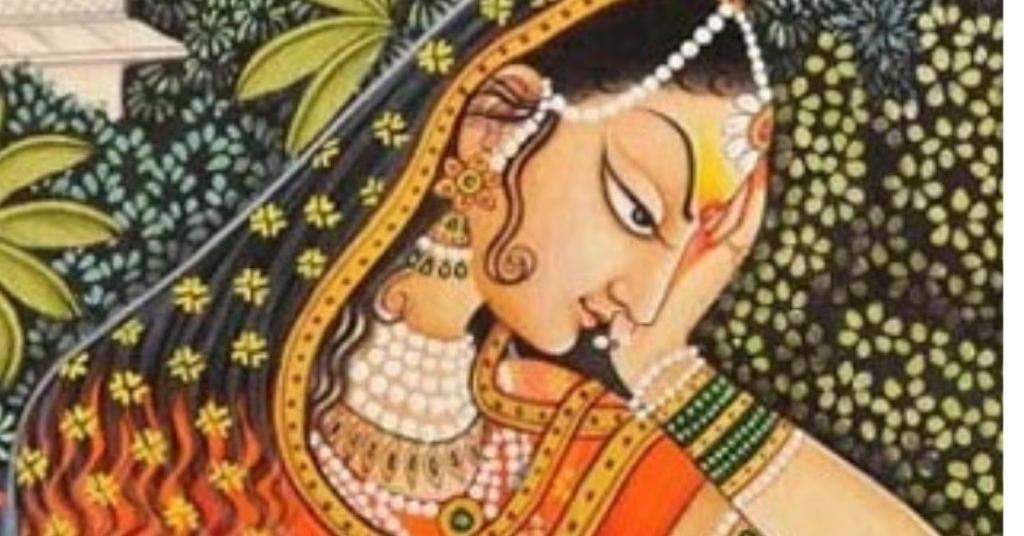
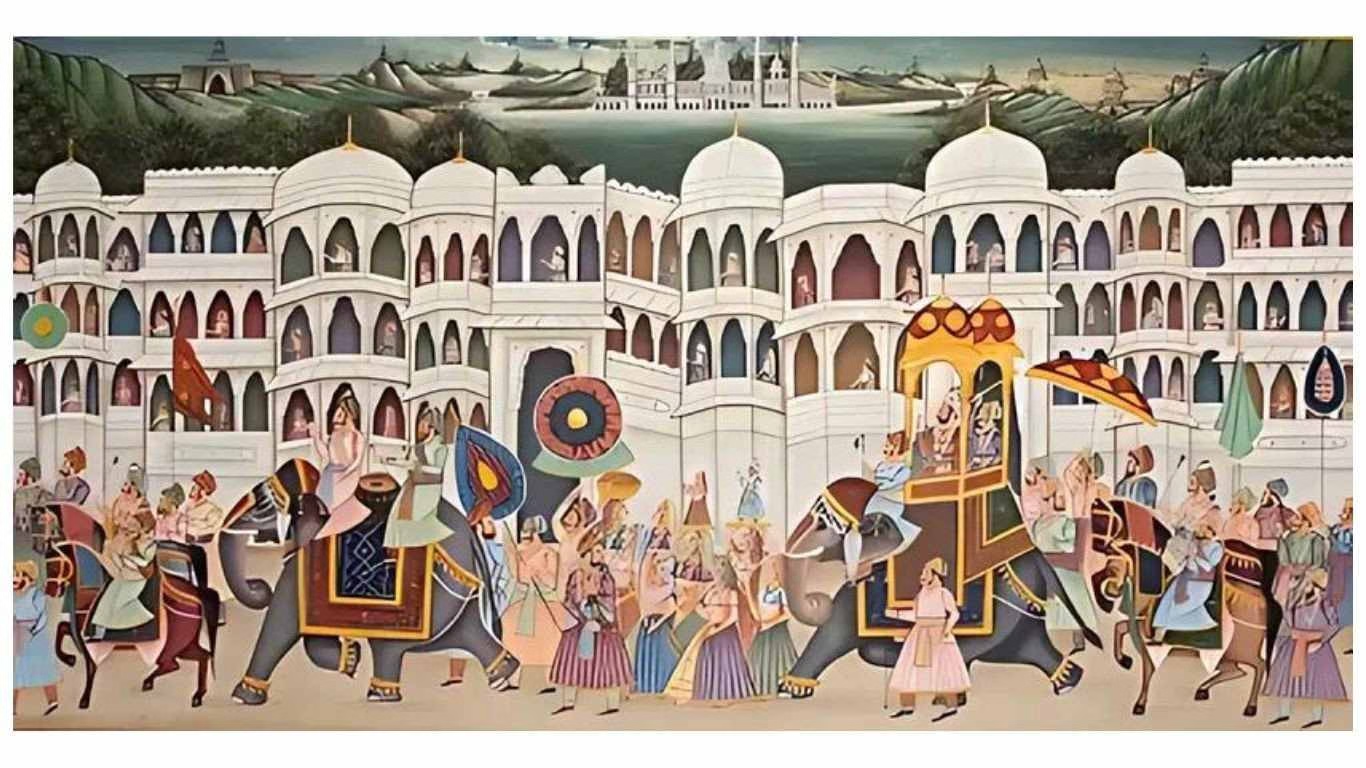
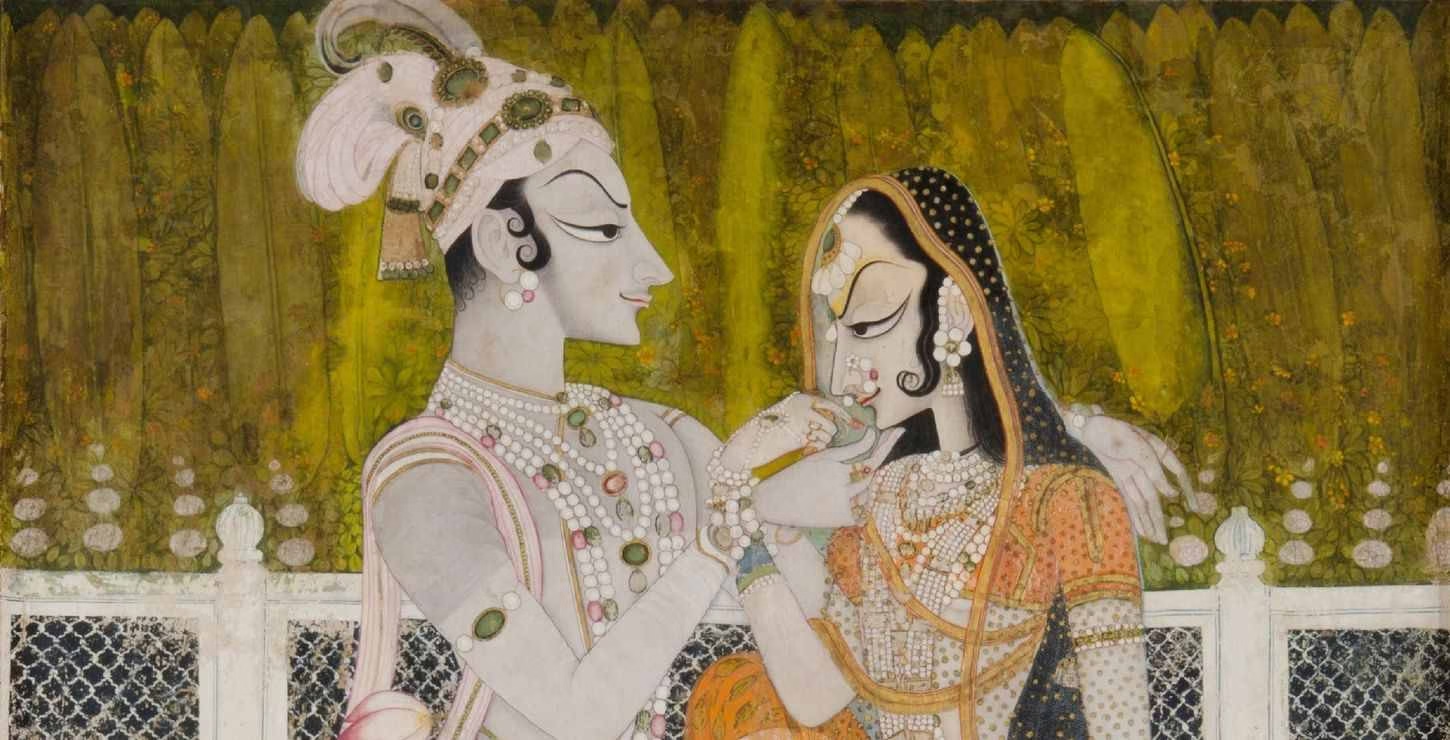
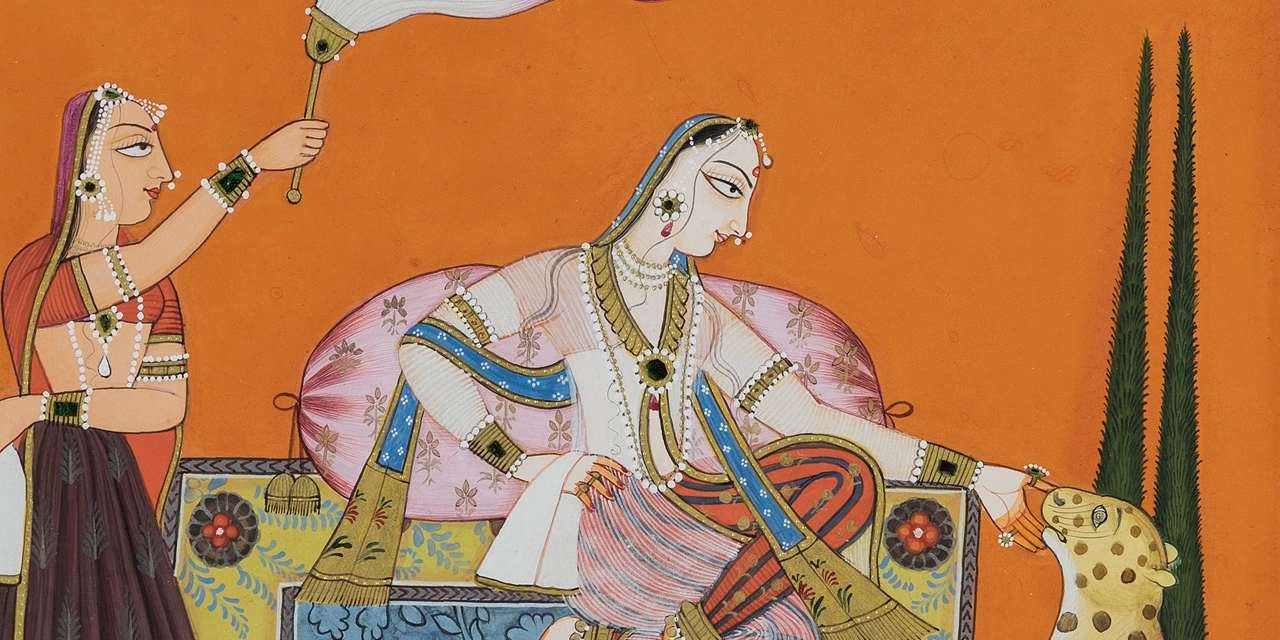
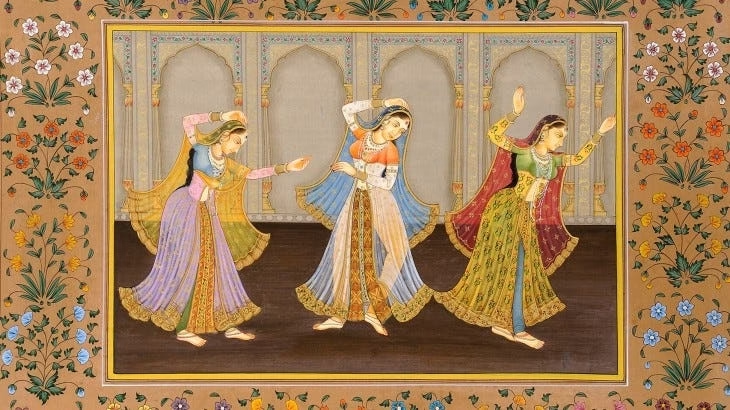
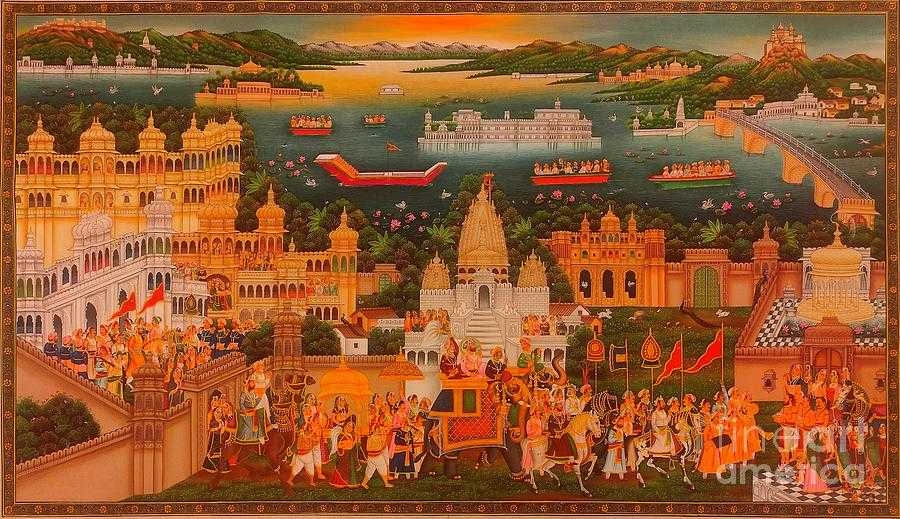

Leave a Reply